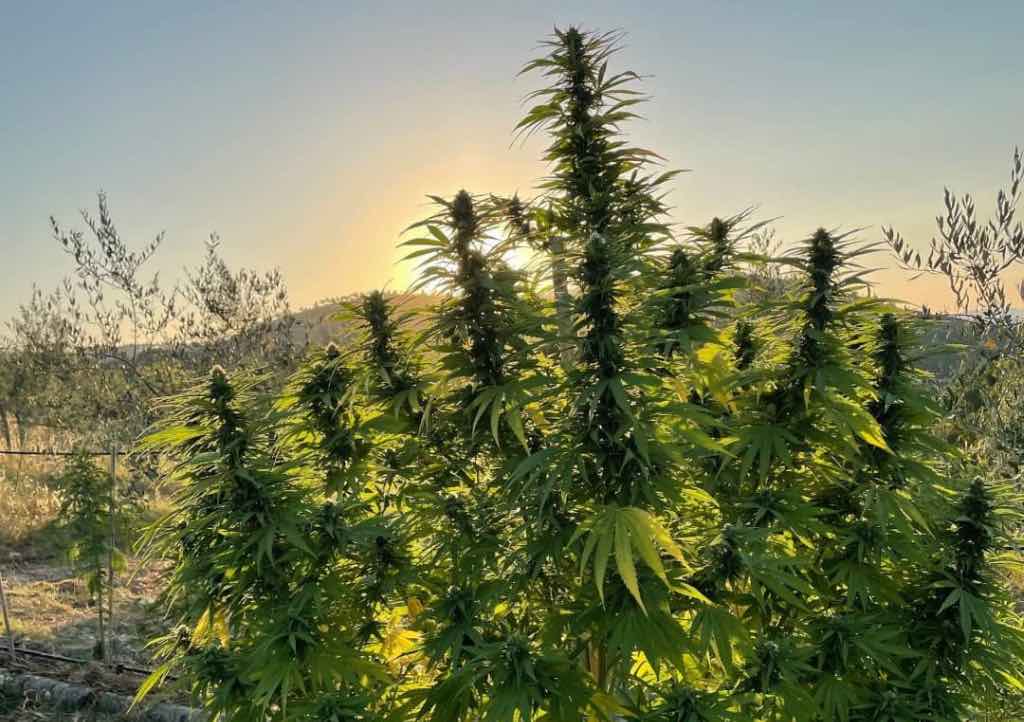Spring is a crucial time for outdoor cannabis cultivation, marking the beginning of the growing season and setting the stage for a successful harvest later in the year. Timing your cannabis planting correctly in the spring is essential for maximizing yield and ensuring healthy plant development. In this comprehensive guide, we’ll explore the factors to consider when timing your outdoor cannabis planting for maximum yield, from understanding local climate patterns to selecting the right strains and planting techniques.
Understanding Local Climate Patterns: Before planting your cannabis outdoors in the spring, it’s essential to understand the climate patterns specific to your region. Different regions have varying weather conditions and temperature ranges, which can significantly impact plant growth and development. Consider factors such as average frost dates, temperature fluctuations, and rainfall patterns to determine the optimal timing for planting your cannabis.
Selecting the Right Strains: Choosing the right cannabis strains for outdoor cultivation is crucial for maximizing yield and adapting to local climate conditions. Look for strains that are well-suited to your region’s climate, such as those with resistance to pests, diseases, and environmental stressors. Additionally, consider factors such as flowering time and maturation period when selecting strains, as this will influence the timing of your planting and harvesting schedule.
Starting Seeds Indoors or Using Clones: When planning your outdoor cannabis planting in the spring, you have the option of starting seeds indoors or using clones. Starting seeds indoors allows you to get a head start on the growing season by germinating seeds in a controlled environment before transplanting them outdoors. Alternatively, using clones involves taking cuttings from mature plants and rooting them before transplanting them into the garden. Consider factors such as your local climate, growing season length, and personal preference when deciding whether to start seeds indoors or use clones for your outdoor cannabis garden.
Timing Your Planting: The timing of your outdoor cannabis planting in the spring is critical for maximizing yield and ensuring healthy plant development. In general, it’s best to wait until after the last frost date in your region before planting cannabis outdoors. Planting too early can expose young plants to cold temperatures and frost damage, while planting too late can delay growth and reduce overall yield. Consult local gardening resources, such as agricultural extension offices or online planting calendars, to determine the optimal planting window for your area.
Preparing the Soil: Before planting your cannabis outdoors in the spring, it’s essential to prepare the soil to provide a nutrient-rich growing environment for your plants. Start by testing the soil pH and amending it as needed to ensure optimal nutrient uptake. Incorporate organic matter, such as compost or aged manure, to improve soil structure and fertility. Additionally, consider adding beneficial microbes, mycorrhizae, and other soil amendments to promote healthy root development and nutrient absorption.
Planting Techniques: When planting cannabis outdoors in the spring, there are several techniques you can use to maximize yield and ensure healthy plant growth. Consider planting in raised beds or containers to improve drainage and soil aeration, especially if you have heavy or compacted soil. Space plants appropriately to allow for adequate airflow and light penetration, which can help prevent mold, mildew, and pest infestations. Consider using companion planting techniques to attract beneficial insects and repel pests, creating a more resilient and biodiverse garden ecosystem.
Protecting Young Plants: After planting your cannabis outdoors in the spring, it’s essential to protect young plants from potential threats such as pests, diseases, and inclement weather. Consider using row covers, cloches, or cold frames to protect plants from cold temperatures and frost damage, especially in the early stages of growth. Monitor plants regularly for signs of pest infestations or disease symptoms and take prompt action to address any issues that arise.
Conclusion: Timing your outdoor cannabis planting correctly in the spring is essential for maximizing yield and ensuring healthy plant development. By understanding local climate patterns, selecting the right strains, starting seeds indoors or using clones, timing your planting, preparing the soil, using appropriate planting techniques, and protecting young plants, you can set yourself up for success and enjoy a bountiful harvest later in the year. With careful planning and attention to detail, you can spring into success and cultivate thriving cannabis plants in your outdoor garden.
Read More
How to Make Easy Homemade Hash
Discover the Most Delicious Cannabis Strains of 2023
Different Types of Cannabis Pruning Techniques












